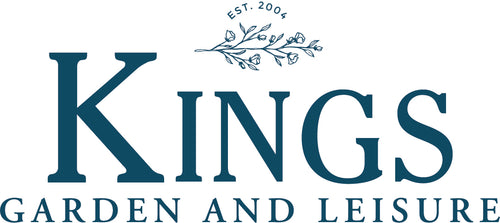If you're looking for a tree that’s not only stunning but also practical and wildlife-friendly, the crab apple tree (Malus) is a fantastic choice for UK gardens. Let’s break down why crab apple trees deserve a spot in your garden—and why they’re more than just pretty blossoms.
Springtime Splendour: A Pollinator’s Paradise
When spring arrives, crab apple trees burst into life with a display of pink or white blossoms. These eye-catching flowers aren't just for show; they’re a major hit with pollinators. Bees and butterflies flock to the blooms, helping your garden thrive by supporting essential biodiversity.
Fruity Autumn Finale: A Splash of Colour
Come autumn, crab apple trees become an unexpected fruit producer. The small, colourful fruits range from red to yellow and green, offering a vibrant visual display. While you might find them a bit tart for snacking, they’re excellent for homemade jellies, jams, and cider. Plus, the birds love them, making your garden a year-round wildlife hotspot.
Winter Interest: Beautiful Even Bare
When winter hits, crab apple trees don’t fade into the background. Their gnarled branches create a striking silhouette, standing tall and adding texture to your garden even when their leaves and fruit have dropped. This makes them a true year-round feature that keeps your garden visually engaging through all seasons.
Compact and Versatile
Crab apple trees aren’t just for large gardens. Many dwarf varieties exist, making them perfect for smaller gardens or even patios. This adaptability means that even if you don’t have much space, you can still enjoy their beauty and benefits.
Fun Fact: Did You Know?
In medieval times, crab apples were thought to bring fertility and good luck. In fact, they were often thrown at weddings to symbolise a fruitful marriage!
Why Choose Crab Apples Over Other Trees?
Crab apple trees are versatile and low-maintenance. They provide beauty, food for wildlife, and can even contribute to your kitchen with homemade treats. Plus, they’re more resistant to pests and diseases compared to many other fruit trees, making them a more carefree option for gardeners who want a low-effort showstopper.
Caring for Your Crab Apple Tree
Plant your crab apple in well-drained soil with plenty of sunlight. They are adaptable, but to get the best flowering and fruiting, ensure the tree receives at least 6 hours of sun each day. Add mulch around the base to retain moisture and protect the roots, and watch it flourish.
So, whether you're looking for spring blooms, autumn fruit, or just a beautiful, low-maintenance addition to your garden, the crab apple tree ticks all the boxes.

